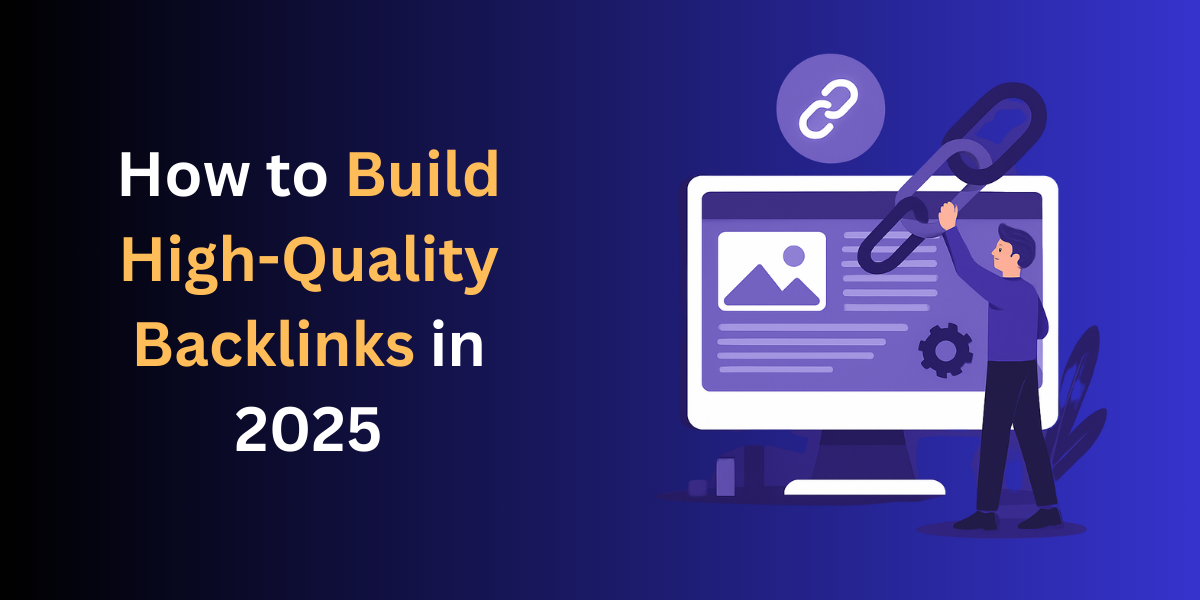Project success, improved accountability, and seamless workflows are all guaranteed by an effective subcontractor management plan. Coordinating with several subcontractors requires structure, whether you’re overseeing little home renovations or major construction material sourcing. Inadequate planning can also result in communication failures, delays, and budget overruns. Setting clear objectives, tracking progress, and assigning roles are all made easier with a strong management strategy. Ten doable actions are provided in this tutorial to assist you in creating a successful strategy. Every stage is simple to carry out and is based on cooperation, compliance, and clarity. In addition to maintaining team cohesion, a well-crafted strategy strengthens bonds with subcontractors. Let’s examine the fundamentals of developing a trustworthy and successful subcontractor management strategy that promotes productivity and project quality.
Describe the Roles and Scope of the Project
Start by laying down the deliverables, major milestones, and project scope in detail. This makes it clear to subcontractors what is expected of them right away. Additionally, to prevent misunderstandings, clearly identify each function and duty. Determine the lines of communication and who reports to whom. A clearly defined scope lays the groundwork for responsibility. Verify that each subcontractor accepts the specified responsibilities. Every team member will start off moving in the same direction thanks to this clarity. Write down this scope and send it to all important parties.
Get Subcontractors Prequalified
Choose subcontractors according to their credentials, track record, and dependability. Verify backgrounds and assess prior performance. Examine their insurance coverage, license, and safety record as well. Prequalification reduces risks by guaranteeing that you collaborate with reliable experts. It also guarantees that they can fulfill quality requirements and timeframes. Developing a solid subcontractor pool improves the likelihood that your project will remain on schedule. To standardize your evaluation procedure, utilize prequalification forms, verify work examples, and ask for references.
Create Detailed Contracts
Make thorough contracts that include deadlines, expectations, terms of payment, and legal obligations. Add provisions for termination and conflict settlement as well. Everything from the scope of work to the standards for compliance should be covered in contracts. A strong contract establishes limits and safeguards both parties. Before completing, go over each contract with your legal team. Well-written contracts guarantee legal covering and help you prevent misunderstandings. During the course of the project, keep signed copies well-organized for easy access.
Create Protocols for Communication
Establish frequent routes of communication, such messaging apps, shared dashboards, or weekly meetings. Additionally, after each interaction, record decisions and action items. Everyone is kept in sync and timely updates are guaranteed via clear communication standards. They also enable you to identify and address problems early. Select technologies that promote team transparency and enable real-time updates. Regular communication avoids execution lapses and fosters confidence. To preserve a cooperative atmosphere, promote candid communication and criticism.
Establish Unambiguous Performance Measures
Establish quality, timeliness, and safety key performance indicators (KPIs) and communicate them to subcontractors at the beginning of the project. Regularly monitor progress and offer helpful criticism as well. KPIs assist you in objectively assessing performance and identifying areas that require improvement. Everyone is more likely to achieve or surpass expectations when they all know what success looks like. Display these data on dashboards so that teams can see them clearly and transparently. To maintain performance alignment, review goals on a regular basis.
Keep an Eye on Documentation and Compliance
Make sure that all safety and legal criteria are regularly fulfilled. This covers licenses, permits, insurance documentation, and OSHA regulations. Maintain a digital copy of every documentation as well for convenient access. Throughout the project, keep an eye on compliance. An organized framework facilitates audits and helps prevent expensive fines. Continuous supervision of subcontractor management is necessary to uphold safety and regulatory requirements. To expedite the process, make checklists and automate reminders when documents expire.
Comply with Project Timelines
Make a master schedule with subcontractor timelines and distribute it. Sync their work with the project’s overall schedule. Additionally, include buffer times to accommodate unforeseen delays. Schedule alignment guarantees more seamless handoffs and less bottlenecks. Utilize digital tools to monitor and change your schedule. A shared calendar puts everyone on the same page and encourages responsibility. Make frequent modifications in response to outside circumstances and real-time progress.
Promote Inter-Team Cooperation
Encourage general contractors and subcontractors to work as a team. Encourage candid dialogue, information exchange, and respect for one another. When necessary, plan collaborative problem-solving workshops as well. Cooperation fosters confidence and lessens isolated working. Cooperation among teams boosts productivity and morale. This stage guarantees that everyone is on board with the project’s success and feels appreciated. Emphasize successes, promote team-building exercises, and establish avenues for mutual education.
Monitor Expenses and Material Utilization
Keep an eye on material use and finances in real time. Track orders, shipping, and usage using digital tools. Additionally, for accuracy, match subcontractor activities with cost tracking. Finding waste and preventing budget overruns are made easier with transparent tracking. It guarantees equitable charging as well. When it comes to procuring building materials, which have a direct impact on project budgets and schedules, this stage becomes even more crucial. To maximize procurement methods, periodically review material utilization reports.
Make Regular Evaluations and Modifications
Regularly assess subcontractor performance and make any plan adjustments. Call review sessions to go over developments, problems, and solutions. Be receptive to input from every team as well. The method of managing subcontractors is strengthened by ongoing improvement. Utilize insights to enhance communication, update documentation, and streamline processes. A responsive strategy improves long-term efficiency and changes to meet the demands of your project. To document lessons learnt and apply them to subsequent initiatives, post-project evaluations are also crucial.
Conclusion
Project success, cost containment, and risk mitigation all depend on a solid subcontractor management strategy. A dependable foundation for performance is established by clearly defining roles, establishing expectations, and promoting teamwork. Real-time tracking, appropriate documentation, and frequent reviews can aid in problem-solving and rapid adaptation. This procedure is particularly important in complicated settings when duties like procuring building materials or environmental site assessment are involved. Your plan will promote responsibility, clarity, and productivity if you follow these 10 stages. With a strategy that really works, you can build more intelligently, manage more effectively, and see your projects go more smoothly. Stakeholder confidence is increased and each project milestone is reached with accuracy and consistency when subcontractors are managed strategically.




